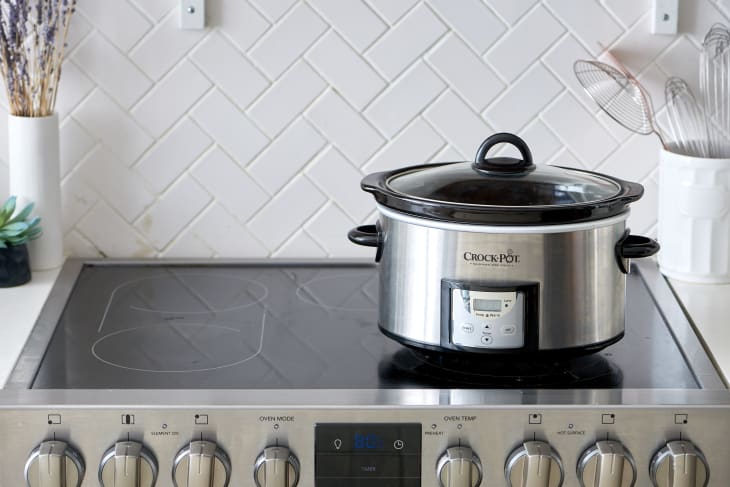I. Introduction: The Modern Dilemma and the Timeless Solution
In an era defined by relentless speed and instant gratification, the very notion of
slow cooking might seem anachronistic. Our lives are a blur of deadlines, digital notifications, and the constant pressure to do more, faster. This fast-paced existence often extends to our kitchens, where convenience foods, quick-fix meals, and takeout have become the norm. While these options offer immediate relief from hunger, they often come at the cost of nutritional value, flavor, and the simple pleasure of a home-cooked meal. The modern dilemma is clear: how do we reconcile our demanding schedules with our desire for wholesome, delicious food and a more mindful approach to life?
The allure of slow cooking lies precisely in its ability to offer a profound counter-narrative to this modern rush. It is a culinary practice that champions patience, foresight, and the transformative power of time. Far from being a relic of a bygone era, slow cooking is emerging as a powerful tool for well-being, flavor, and efficiency in today's busy world. It's about rediscovering the joy of cooking, not as a chore to be rushed through, but as a deliberate act of nourishment and creativity. This article will delve into how slow cooking, with its timeless appeal and practical benefits, can become an indispensable part of a fast-paced modern life, offering a path to delicious meals and a more balanced existence.
II. The Philosophy of Slow Cooking: More Than Just a Meal
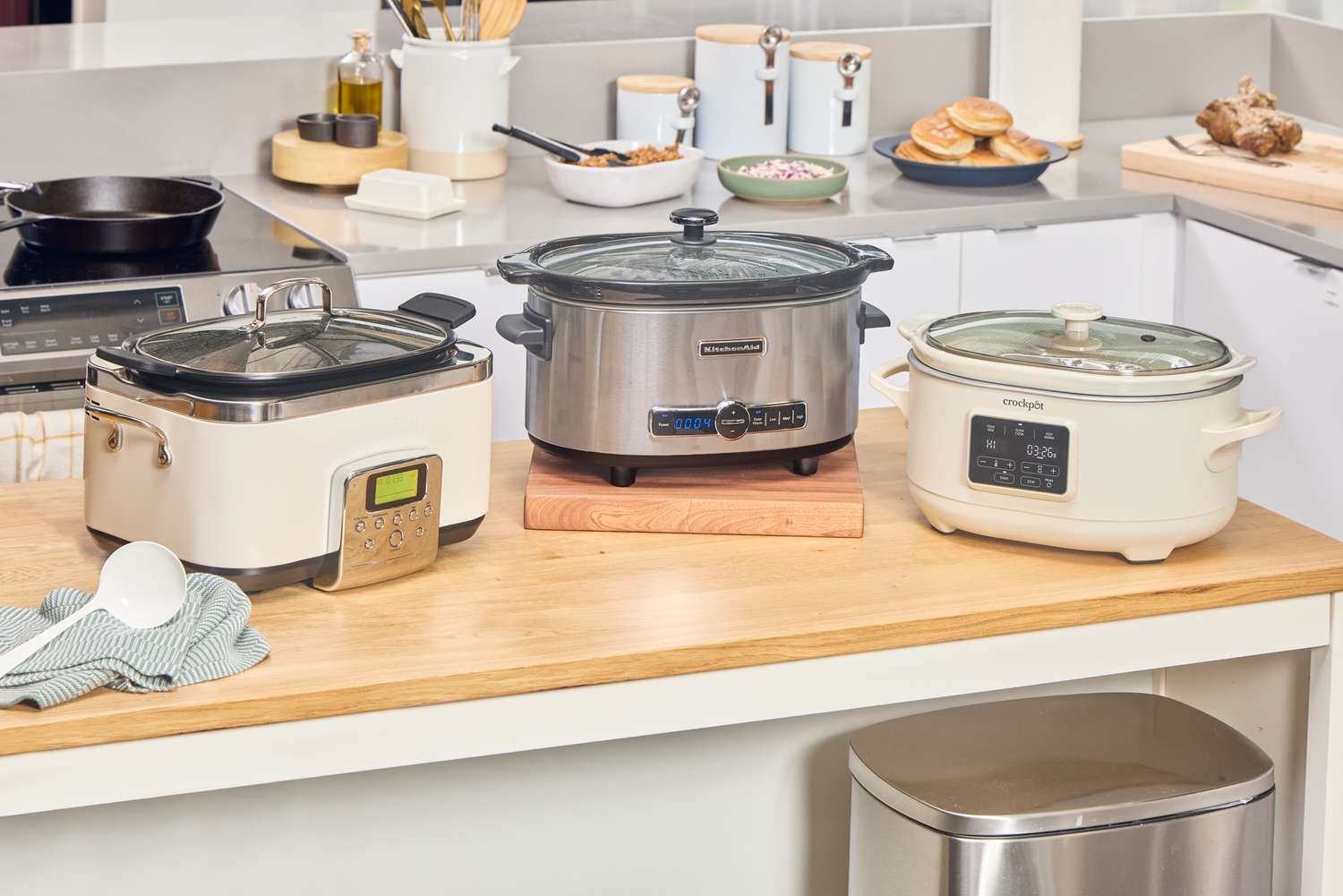
Slow cooking transcends mere culinary technique; it embodies a philosophy that encourages a profound shift in our approach to food and life. In a world obsessed with instant results, slow cooking invites us to embrace patience and mindfulness. The very act of setting ingredients to simmer for hours, knowing that a delicious meal is slowly developing, fosters a sense of calm and anticipation. It's a deliberate pause in the day, a moment to connect with the process and appreciate the journey from raw ingredients to a comforting dish. This mindful engagement with cooking can be a powerful antidote to the pervasive stress of modern life, allowing us to be present in the moment and savor the simple pleasures.
This timeless practice also connects us to rich culinary traditions from around the globe. From French cassoulets to Indian curries, and American pot roasts, slow cooking has been a cornerstone of diverse cuisines for centuries. It's a method born out of necessity, transforming tough cuts of meat and humble vegetables into tender, flavorful masterpieces. By engaging in slow cooking, we participate in a shared human heritage, honoring the wisdom of generations who understood the magic of low and slow heat. This connection to tradition adds a deeper layer of meaning to our meals, making them not just sustenance, but a celebration of cultural legacy.
At its heart, slow cooking is an act of culinary alchemy. The extended cooking times at lower temperatures work wonders on ingredients. Tough collagen in meats breaks down into gelatin, resulting in incredibly tender and succulent textures. Flavors meld and deepen, creating a complexity that cannot be achieved through quick cooking methods. Herbs and spices release their aromatic compounds slowly, infusing the entire dish with a rich, nuanced taste. This gentle transformation extracts the maximum flavor from every component, often reducing the need for excessive seasoning and allowing the natural goodness of the ingredients to shine through. It's a testament to the idea that sometimes, the best things in life are worth waiting for.
III. Practical Benefits for the Modern Lifestyle
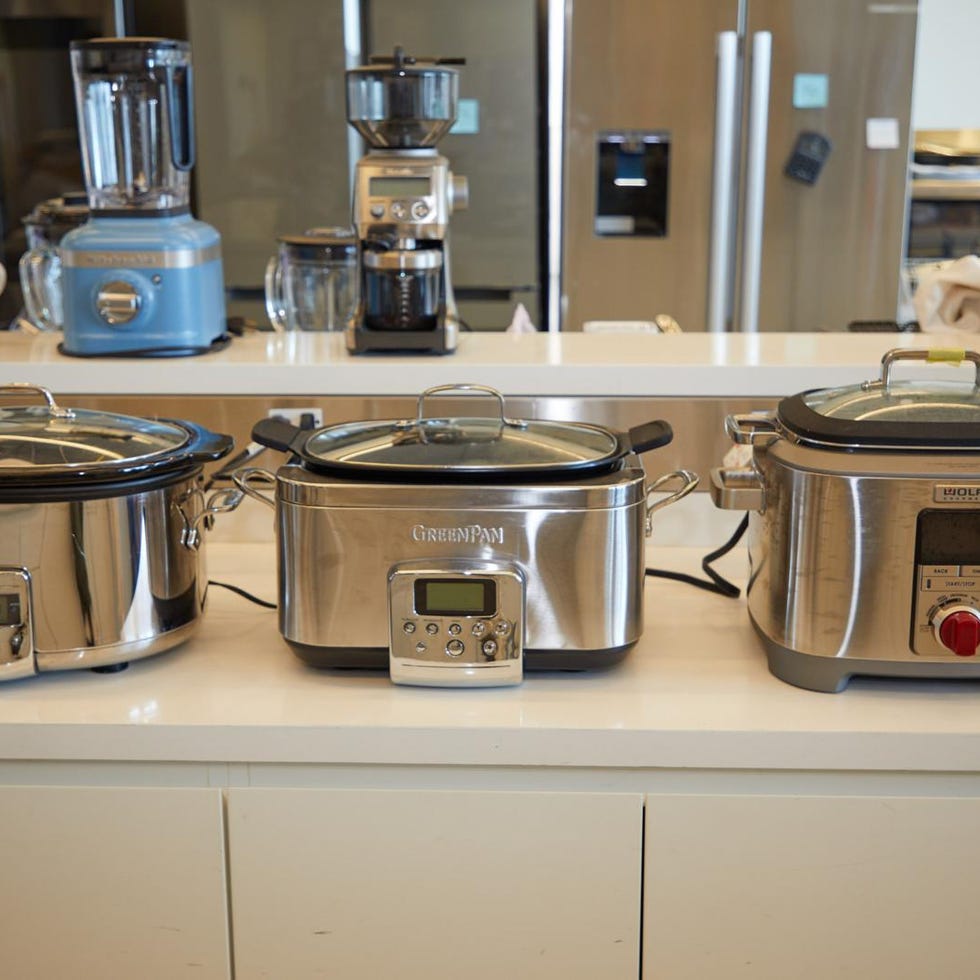
Beyond its philosophical appeal, slow cooking offers a wealth of practical benefits that are particularly relevant to the demands of modern life. One of the most significant advantages is its impact on time management. In a world where every minute counts, slow cooking allows for hands-off preparation. You can simply load your ingredients into the slow cooker in the morning, set it, and forget it. This frees up valuable evening hours that would otherwise be spent actively cooking, allowing you to focus on other priorities, spend time with family, or simply relax. The convenience of coming home to a fully cooked, delicious meal waiting for you is a game-changer for busy individuals and families.
Slow cooking is also remarkably cost-effective. It excels at tenderizing cheaper, tougher cuts of meat that would be less palatable with faster cooking methods. This means you can enjoy flavorful, protein-rich meals without breaking the bank. Furthermore, slow cooking often involves one-pot meals, which maximizes ingredient usage and minimizes food waste. By utilizing readily available and often less expensive ingredients, you can significantly reduce your grocery bill while still enjoying nutritious and satisfying dishes.
From a nutritional standpoint, slow cooking can be highly beneficial. The gentle, consistent heat helps to preserve many of the vitamins and minerals that can be lost during high-heat cooking. It also allows flavors to meld naturally, reducing the need for excessive salt, unhealthy fats, or artificial flavorings. This results in wholesome, nutrient-dense meals that contribute to overall well-being. Many slow-cooked dishes are rich in vegetables, lean proteins, and complex carbohydrates, providing a balanced and healthy diet.
Another major advantage is the potential for batch cooking and meal preparation. Slow cookers are often large enough to prepare significant quantities of food, making them ideal for cooking in bulk. You can prepare a large batch of chili, soup, or stew on a Sunday and have healthy, homemade meals ready for several days of the week. This not only saves time during busy weekdays but also helps to prevent impulsive, less healthy food choices. The ability to portion out meals in advance provides unparalleled convenience and ensures you always have a nutritious option at hand.
Ultimately, slow cooking significantly reduces stress and enhances convenience. The anticipation of a ready-made meal at the end of a long day is a comforting thought. It eliminates the scramble to figure out dinner, the temptation of unhealthy takeout, and the stress of a messy kitchen. Instead, you are greeted with the inviting aroma of a home-cooked meal, ready to be enjoyed with minimal effort. This shift from frantic meal preparation to effortless enjoyment is a powerful way to bring calm and order to a fast-paced routine.
IV. Essential Tools and Techniques for the Modern Slow Cooker
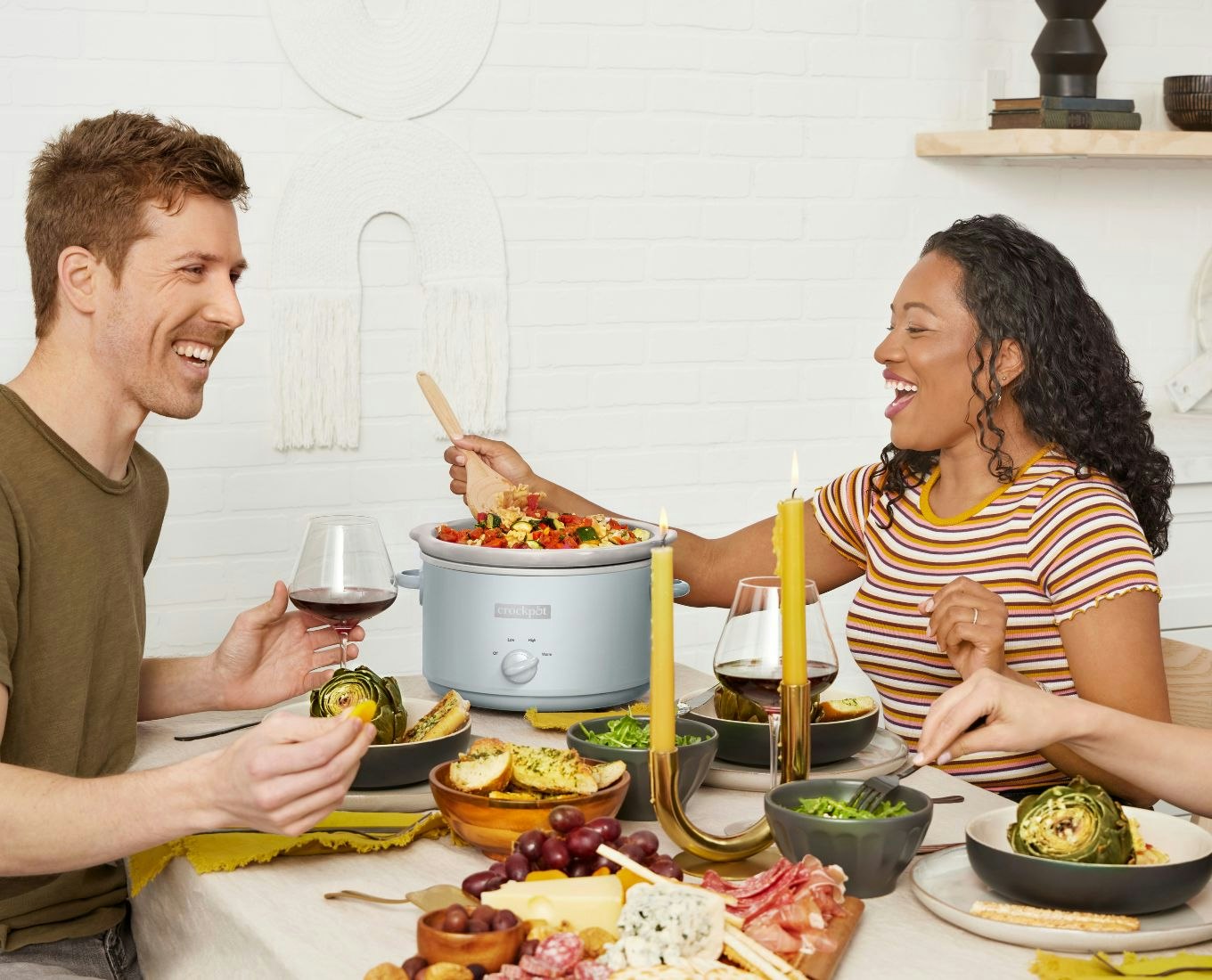
To embark on your slow cooking journey, understanding the essential tools and techniques is crucial. The most common and popular tool is, of course, the slow cooker itself, often referred to by the brand name Crock-Pot. These appliances come in various sizes, from small 1.5-quart models perfect for single servings or dips, to large 8-quart versions ideal for feeding a crowd or batch cooking. Key features to look for include programmable timers that automatically switch to a 'warm' setting once cooking is complete, ensuring your food stays at a safe temperature without overcooking. Some models also offer different heat settings (low, high, warm) and even built-in temperature probes for precise cooking. When choosing a slow cooker, consider your household size and typical cooking needs.
While dedicated slow cookers are incredibly convenient, alternative methods can also achieve similar results. A heavy-bottomed Dutch oven with a tight-fitting lid is an excellent alternative for low-temperature oven cooking. This method mimics the gentle, even heat distribution of a slow cooker, making it perfect for braises, stews, and roasts. Simply prepare your ingredients in the Dutch oven on the stovetop, then transfer it to a low-temperature oven (typically 250-300°F or 120-150°C) for several hours. This method offers a more traditional approach and can often yield incredibly tender results.
Mastering a few key techniques will elevate your slow cooking game. Browning meats before adding them to the slow cooker is highly recommended. This step, though seemingly counter-intuitive for a 'slow' process, adds a crucial layer of flavor through the Maillard reaction, creating rich, savory notes that permeate the entire dish. Deglazing the pan after browning and adding the liquid to the slow cooker further captures these delicious browned bits. Layering flavors is another vital technique; don't just dump everything in. Start with aromatics like onions, garlic, and celery, then add your protein, and finally liquids and spices. Proper liquid ratios are also critical; slow cookers retain moisture exceptionally well, so you generally need less liquid than traditional stovetop or oven recipes. A good rule of thumb is to reduce the liquid by about one-third to one-half compared to conventional recipes.
Finally, food safety is paramount when slow cooking. Always ensure your ingredients are fresh and properly stored. If you're adding frozen ingredients, make sure they are fully thawed before placing them in the slow cooker to ensure even cooking and prevent bacterial growth. Do not lift the lid unnecessarily during cooking, as this releases heat and moisture, extending the cooking time. Once cooked, food should be consumed or refrigerated within two hours. With these tools and techniques, you're well on your way to becoming a slow cooking maestro.
V. Beyond the Stew: Versatile Slow Cooking Recipes for Every Palate
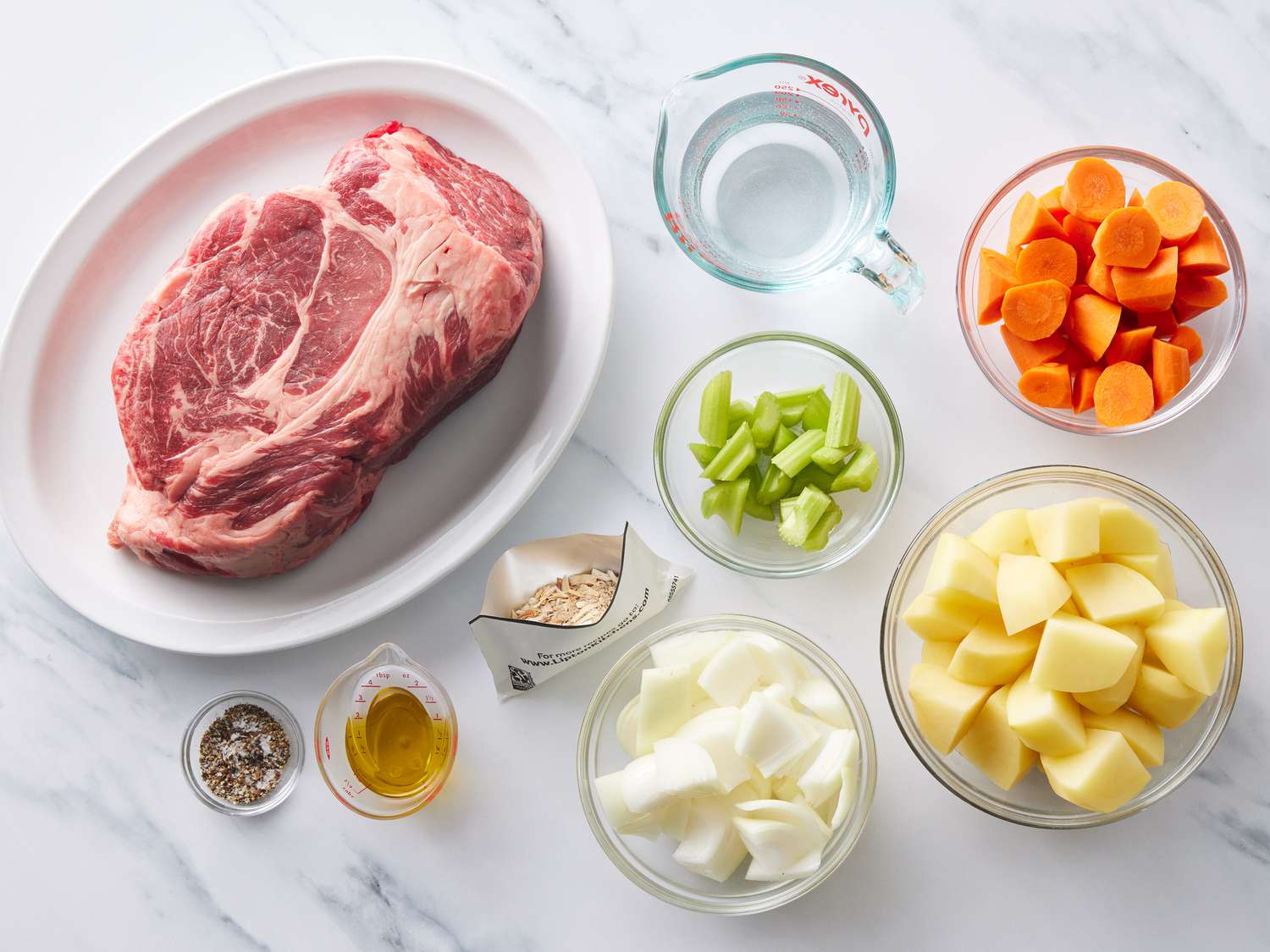
While slow cooking is synonymous with hearty stews and comforting chilis, its versatility extends far beyond these classic dishes. The slow cooker is a culinary chameleon, capable of producing a surprising array of meals that cater to diverse tastes and dietary preferences. Let's explore some of the exciting possibilities that go beyond the traditional.
For those who cherish classic comforts, the slow cooker is an undisputed champion. Think of tender, fall-apart pot roasts, rich and smoky chilis, and deeply flavorful beef or chicken stews. These dishes are the epitome of comfort food, and the slow cooker elevates them by allowing flavors to meld and ingredients to tenderize over hours, resulting in a depth that quick cooking simply cannot achieve. Imagine coming home to the aroma of a perfectly cooked pot roast, ready to be served with minimal effort.
But the slow cooker's passport extends to international flavors as well. It's an excellent tool for preparing dishes like succulent pulled pork for tacos or sandwiches, vibrant Indian curries with tender chicken or vegetables, and even flavorful Moroccan tagines. The long, slow simmer allows the spices to bloom and infuse the ingredients, creating authentic and complex flavor profiles. This opens up a world of culinary exploration, bringing global tastes to your dinner table with surprising ease.
Vegetarian and vegan options also thrive in the slow cooker. Hearty lentil soups, robust bean dishes, and aromatic vegetable tagines are just a few examples. The slow cooker is particularly adept at cooking legumes to perfection, yielding creamy and tender results without constant monitoring. It's an ideal way to prepare plant-based meals that are both nutritious and incredibly satisfying, often requiring minimal active preparation time.
And who says the slow cooker is only for dinner? It can be a secret weapon for breakfast and dessert too. Imagine waking up to the comforting aroma of overnight oats, perfectly cooked and ready to enjoy. Fruit compotes, apple butter, and even bread puddings can be prepared in the slow cooker, offering delicious and often healthier alternatives to traditional baked goods. This expands the utility of your slow cooker, making it a valuable appliance throughout the day.
VI. Overcoming Common Slow Cooking Hurdles
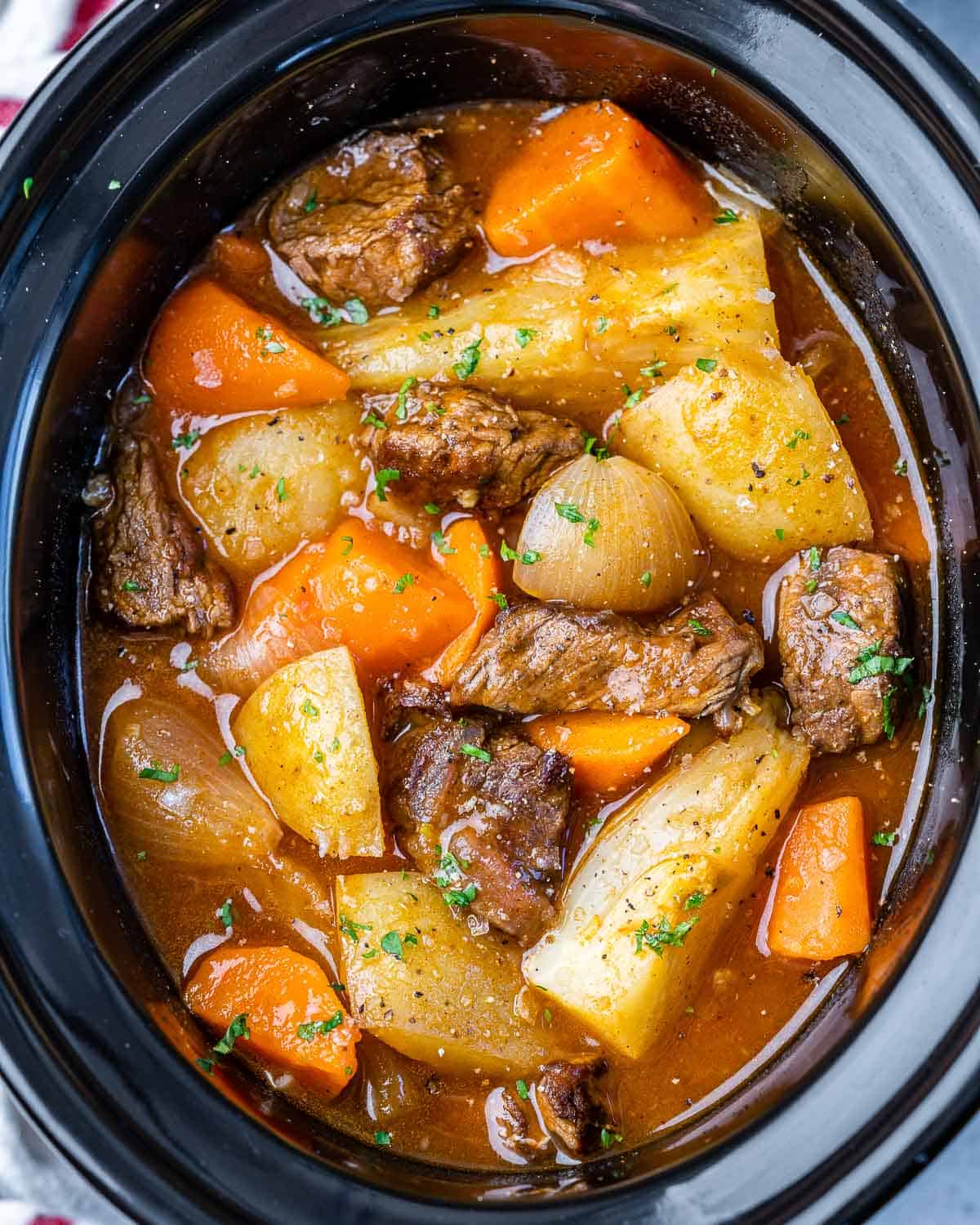
While slow cooking offers immense convenience and flavor, new users might encounter a few common hurdles. Understanding these challenges and how to overcome them will ensure your slow cooking experience is consistently successful and enjoyable.
One frequent concern is avoiding mushy vegetables. Because vegetables cook at different rates, adding them all at the beginning can result in some becoming overly soft or disintegrated. To prevent this, consider the cooking times of your vegetables. Root vegetables like carrots, potatoes, and parsnips can typically go in at the start with your meat and liquids, as they require longer cooking. Softer vegetables, such as bell peppers, zucchini, or leafy greens like spinach, should be added during the last 30 minutes to an hour of cooking. This ensures they retain their texture and vibrant color, adding a pleasant contrast to the tender main ingredients.
Another common issue is preventing dryness, especially when cooking leaner meats or dishes with less liquid. Slow cookers are designed to retain moisture, but it's still possible for food to dry out if there isn't enough liquid or if the cooking time is excessively long for the specific ingredients. Always ensure there's sufficient liquid to create steam and keep the food moist, but remember that you generally need less liquid than traditional recipes. If you're concerned about dryness, you can add a little extra broth, water, or even a splash of wine or beer. Also, resist the urge to lift the lid frequently, as this releases precious steam and heat, prolonging cooking time and potentially leading to drier results.
Finally, developing rich flavor is key to satisfying slow-cooked meals. While the long cooking time naturally deepens flavors, you can enhance them further with strategic use of herbs, spices, and aromatics. Don't be afraid to be generous with your seasonings. Consider toasting whole spices before grinding them to release their essential oils. Fresh herbs added towards the end of cooking can provide a bright, fresh finish. A quick sear of meat before adding it to the slow cooker, as mentioned earlier, also significantly boosts flavor. Don't forget the power of umami-rich ingredients like tomato paste, Worcestershire sauce, or a dash of soy sauce to add depth. By paying attention to these details, you can transform a good slow-cooked meal into a truly exceptional one.
VII. Integrating Slow Cooking into a Fast-Paced Routine
Integrating slow cooking seamlessly into a busy lifestyle is not just about having the right tools or knowing the techniques; it's about strategic planning and adapting the method to your unique schedule. The beauty of slow cooking lies in its flexibility, allowing you to reclaim precious time without sacrificing the quality of your meals.
One of the most effective strategies for busy individuals is weekend prep. Dedicate a few hours on a Saturday or Sunday to chopping vegetables, browning meats, and portioning out ingredients for several slow cooker meals. You can store these prepped ingredients in airtight containers in the refrigerator, ready to be dumped into the slow cooker on a busy weekday morning. This front-loads the active preparation time, making weeknight cooking virtually effortless. Imagine waking up, assembling your prepped ingredients in minutes, and letting the slow cooker do the rest while you go about your day.
For those who prefer minimal morning effort, focus on weeknight wonders. Many slow cooker recipes are designed to be truly dump-and-go, requiring little to no pre-browning or extensive chopping. These recipes are perfect for those mornings when every minute counts. Look for recipes that use pre-cut vegetables, canned beans, or pre-cooked meats to further streamline the process. The goal is to make the act of starting a slow cooker meal as quick and painless as possible, ensuring you're more likely to stick with it even on the most hectic days.
The key to successful integration is to view your slow cooker not just as an appliance, but as a culinary assistant that works for you. It allows you to prepare nutritious, home-cooked meals even when your schedule is packed, transforming the dinner dilemma into a delightful anticipation. By embracing these strategies, slow cooking becomes a powerful ally in your quest for a more balanced, flavorful, and less stressful modern life.
VIII. Conclusion: Savoring the Slow in a Fast World
In a world that constantly pushes for speed and instant gratification, the art of slow cooking stands as a gentle yet powerful rebellion. It offers a compelling solution to the modern dilemma of balancing demanding schedules with the desire for wholesome, delicious food. More than just a cooking method, slow cooking is a philosophy that encourages patience, mindfulness, and a deeper connection to our food and culinary traditions.
We've explored the myriad practical benefits it offers, from efficient time management and cost-effectiveness to enhanced nutritional value and reduced stress. The slow cooker, along with its traditional counterparts like the Dutch oven, empowers us to create tender, flavorful meals with minimal active effort. By understanding key techniques and learning to overcome common hurdles, anyone can master this rewarding culinary art.
Ultimately, integrating slow cooking into a fast-paced routine is about strategic planning and embracing its inherent flexibility. Whether through weekend prep or simple weeknight wonders, the slow cooker becomes an invaluable tool, transforming the evening meal from a chore into a comforting ritual. It allows us to reclaim our kitchens, nourish our bodies, and savor the simple pleasure of a home-cooked meal, proving that sometimes, the slowest path leads to the most satisfying rewards. Embrace the art of slow cooking, and rediscover the joy of delicious food and a more balanced life.



